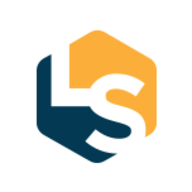NeXus #0004
The weekly supplement for extra goodies.

The weekly supplement for extra goodies.
Around the Web:
via r/CoolGuides on Reddit
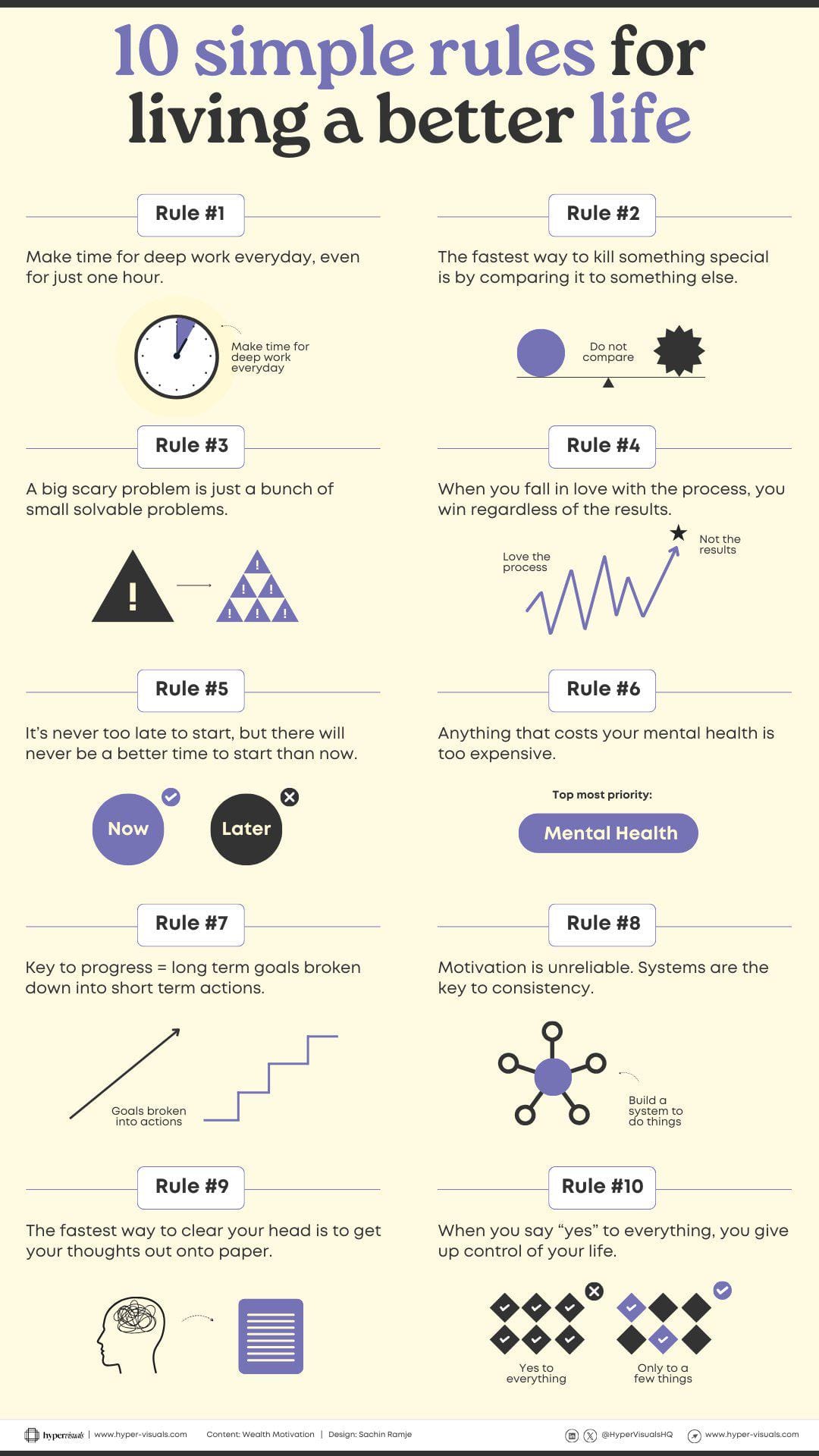
Articles:
Rare genetic mutation lets some people thrive on just 4 hours of shut-eye
A newly identified mutation helps super-sleepers get by on just four to six hours of shut-eye per night, while the rest of us need around eight hours. Researchers described the SIK3-N783Y mutation in a new study after testing it on sleep-deprived inbred mice.

We’ve Only Glimpsed 0.001% of Earth’s Deep Seafloor, Study Reveals
Earth’s surface is mostly deep ocean, but a new study reveals just how little we have glimpsed of the floor of our planet’s largest ecosystem.
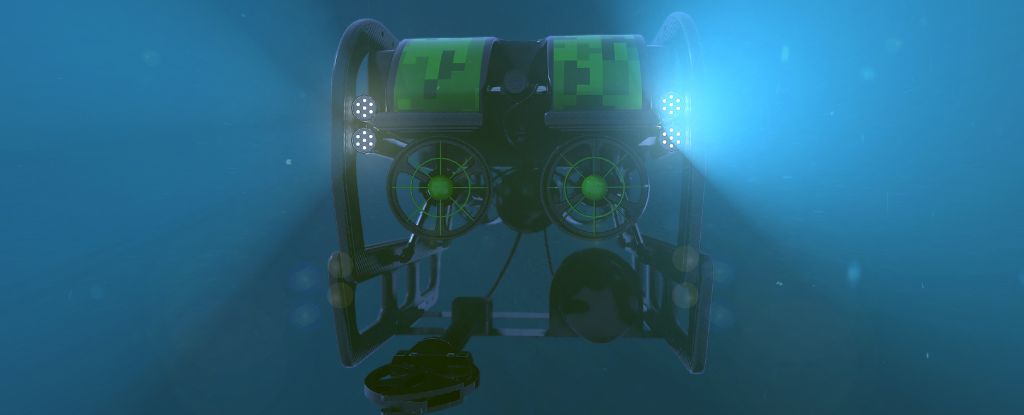
Scientists find the best crops to grow during the apocalypse
Sugar beets and spinach are the best vegetables to grow if you live in a temperate, midsize city during a nuclear winter, a new study suggests, while wheat and carrots are recommended for industrial production on the outskirts of town.

In a first, physicists spot elusive ‘free-range’ atoms — confirming a century-old theory about quantum mechanics
Physicists have used a novel technique to observe individual atoms interacting in free space for the first time ever. The new technique confirms a century-old quantum mechanical theory.
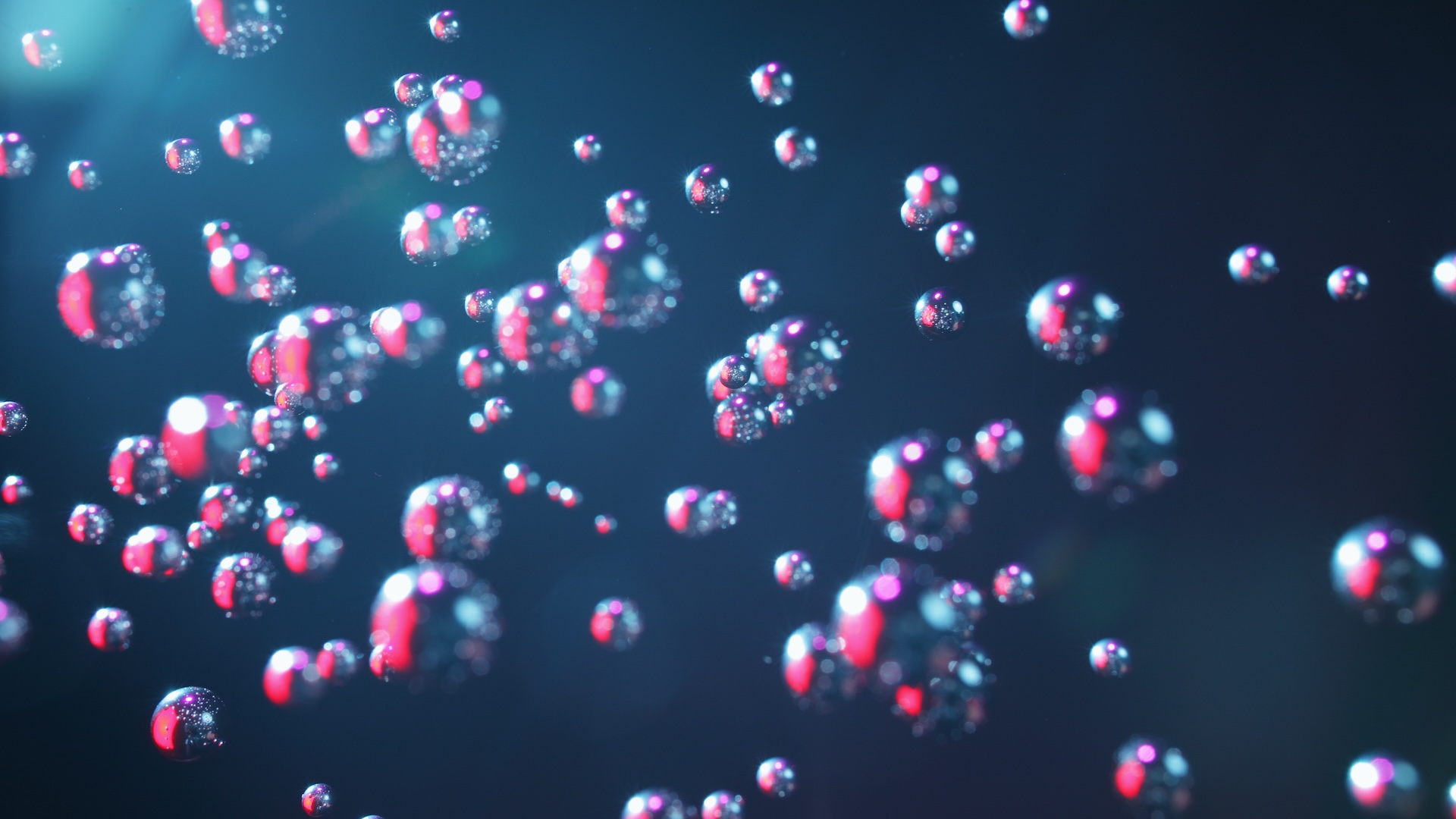
Sir David Attenborough Ocean film ‘greatest message he’s told’
Sir David says his new film Ocean is one of the most important of his career.
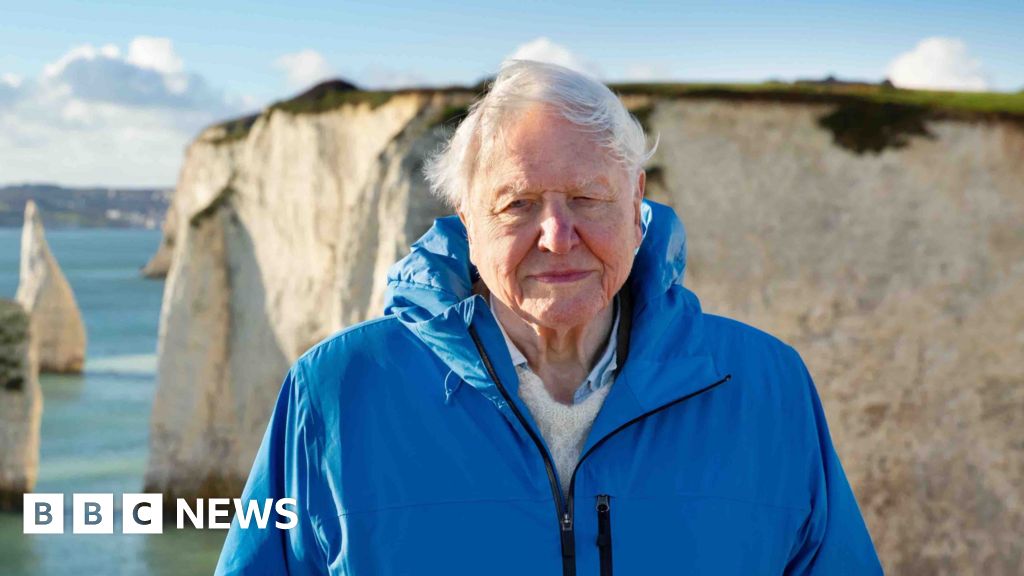
University of Rochester and RIT develop experimental quantum communications network
The Rochester Quantum Network uses single photons to transmit information over dual fiber-optic telecommunications lines.

The Race Question - NeuroLogica Blog
As a scientific concept - does race exist? Is it a useful construct, or is it more misleading than useful? I wrote about this question in 2016, and my thinking has evolved a bit since then. My bottom line conclusion has not changed - the answer is, it depends. There is no fully objective answer
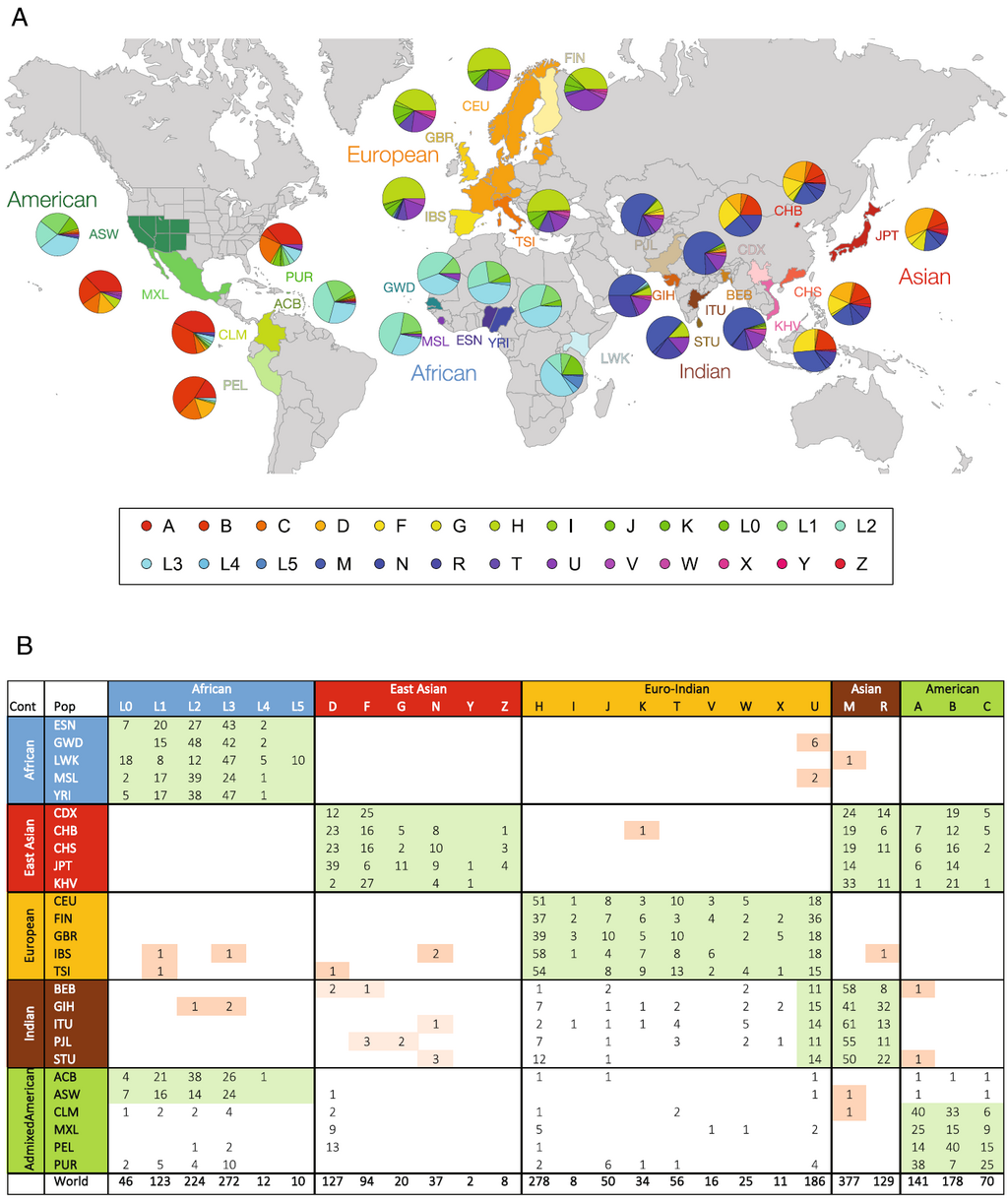
What’s the carbon footprint of using ChatGPT?
Very small compared to most of the other stuff you do.

The Universe is not symmetric
The laws of physics obey certain symmetries and defy others. It’s theoretically tempting to add new ones, but reality doesn’t agree.

Biology, not physics, holds the key to reality | Stuart Kauffman and Andrea Roli
<p><em>Three centuries after Newton framed reality in fixed laws and deterministic equations, science has reached a radically new frontier, argue biochemist and complex systems theorist Stuart Kauffman and computer scientist Andrea Roli. The biosphere – life’s evolving web – is not a clockwork mechanism but a self-creating, unpredictable system. Organisms constantly repurpose their worlds in ways that cannot, even in principle, be foreseen or captured in a mathematical framework. Science must now confront a bold idea: reality is not fully governed by any law – and biology, not physics, holds the key to its deeper mysteries.</em></p><p> </p><p>Three centuries after Newton we are at a third major transition in science.</p><p>Newton inaugurated the first major transition by inventing the differential and integral calculus, and classical physics. It is no overstatement to say that Newton taught us how to think. Call this “<a href=“https://books.google.co.uk/books/about/Time_Reborn.html?id=l8WTFHshUZcC&redir_esc=y” target=“_blank”>The Newtonian Paradigm</a>.” First, find the relevant variables. In physics these are often position and momentum. Write laws of motion for these relevant variables. Define ahead of time the boundary conditions, hence the phase space of all possible values of the relevant variables. For any initial condition of the relevant variables, integrate the laws of motion to obtain the entailed trajectory of the system in its phase space. It is fundamental to the Newtonian Paradigm that we can and must always define the fixed phase space ahead of time.</p><p> <span class=“article-content-box”> <a href=“video/the-agents-of-life” class=“iai-related-in-article click_on_suggestion_link--gtm-track”> <span class=“iai-card”> <span class=“iai-card--image iai-related--video-play” style=“display: block;”> <img src=”/assets/Uploads/h24-237-thumbnail.webp” class=“iai-related--primary-image” alt=“related-video-image”> </span> <span class=“iai-card--content” style=“display: block;”> <span class=“iai-card--title” style=“display: block;”>SUGGESTED VIEWING</span> <span class=“iai-card--heading” style=“display: block;”>The agents of life </span> <span style=“display: block;”>With Johnjoe McFadden, Shini Somara, Denis Noble, Frances Ashcroft</span> </span> </span> </a> </span> </p><p>Classical physics including General Relativity gave us the “clockwork” universe that will unfold deterministically, with a Deistic God no longer able to work miracles. This renders “chance” merely a matter of our limited knowledge—meaning that there is no real randomness.</p><p>The second major transition was <a href=“https://www.lawebdefisica.com/arts/energydistribution.pdf” target=“_blank”>the reluctant discovery of the quantum of action in 1900</a> and <a href=“https://ntrs.nasa.gov/api/citations/19840008978/downloads/19840008978.pdf” target=“_blank”>Heisenberg’s uncertainty relation</a>, which demanded a transition beyond classical physics, thence the <a href=“https://books.google.co.uk/books/about/Physics_and_Philosophy.html?id=Jz8LAQAAIAAJ&redir_esc=y” target=“_blank”>miracles of quantum mechanics</a> and <a href=“https://books.google.co.uk/books/about/Quantum_Electrodynamics.html?id=aWosAAAAYAAJ&redir_esc=y” target=“_blank”>quantum field theory</a>. Quantum theory, however, remains safely within the Newtonian Paradigm, with a <a href=“https://www.huffpost.com/entry/co-creating-our-world_b_2398515” target=“_blank”>prestated</a> phase space—hence initial and boundary conditions—and the deterministic evolution of a probability distribution via the Schrödinger wave equation.</p><p>The enormous power of the Newtonian Paradigm can be found outside of physics. When ecology studies the evolution of species, for example, it deals with a predefined set of species in a community. These provide the relevant variables, hence the predefined phase space. Over evolutionary time, species come and go. The set of species and their patterns of interactions themselves evolve. In the evolution of the biosphere, new adaptations emerge, and existing adaptations vanish by extinction. Ecology, within the Newtonian Paradigm, hopes to be valid over time scales such that the species do not evolve relevant new features or lose relevant old ones. The phase space, it is supposed, stays constant.</p><p>The issue we wish to raise, and the central question of this article, is whether we can predict or deduce the new relevant adaptive variables that arise and old ones that vanish. Can we have well-founded expectations? We hope to demonstrate that the answer is “No.” Ecology, that is, is not deterministic, and properly lies outside of the Newtonian Paradigm.</p><p>Life on earth has existed for almost four billion years, almost 30% of the lifetime of the universe. A failure of the Newtonian Paradigm with respect to evolving life will mean that major aspects of the cosmological evolution of the universe are outside of the Newtonian Paradigm. This has major implications for the scientific enterprise.</p><p> </p><p><strong>The unpredictable evolution of the biosphere</strong></p><p>The biosphere is the most complex system we know in the universe. The central new issue is that it is not possible to deduce the evolution over time of any biosphere. The evolving biosphere is a <a href=“https://arxiv.org/abs/1201.2069” target=“_blank”>propagating construction</a>, not an entailed deduction: it is, as it were, creating itself in ways that <a href=“https://arxiv.org/abs/2409.12029” target=“_blank”>cannot be deduced in advance</a>.</p><p>The reasons seem, at first, <a href=“https://www.mdpi.com/1099-4300/23/11/1467” target=“_blank”>strange</a>:</p><p>1. Not everything that is possible in the universe will actually happen, <a href=“https://pubmed.ncbi.nlm.nih.gov/31790680/” target=“_blank”>even on timescales very much longer than the lifetime of the universe</a>. Most complex things will never “get to exist.” For example, <a href=“https://books.google.co.uk/books/about/A_World_Beyond_Physics.html?id=0zCPDwAAQBAJ&redir_esc=y” target=“_blank”>the universe will not make all possible complex molecules</a>—such as proteins 200 amino acids long—even on time-scales vastly longer than that of the universe.</p><p class=“article-plus-content--header” style=“text-align: center;”>___</p><p class=“article-plus-content--header” style=“text-align: center;”>Living things, including humans, are Kantian Wholes, whose Parts exist for and by means of the Whole.</p><p class=“article-plus-content--header” style=“text-align: center;”>___</p><p>2. Human hearts, very complex things weighing 300 grams and able to function to pump blood, exist in the universe. How can that be possible? Life, based on physics, arose, evolved, and adapted in that evolution over time. Living things are constantly using energy to stay in a highly organized, active state. Living things, including humans, are Kantian Wholes, whose Parts exist for and by means of the Whole. We exist for and by means of our parts, such as hearts pumping blood. Because we, as Kantian Wholes, propagate our offspring, our sustaining Parts, including our hearts, are also propagated and evolve to function better. The “function” of the heart is to pump blood. <a href=“https://books.google.co.uk/books/about/A_World_Beyond_Physics.html?id=0zCPDwAAQBAJ&redir_esc=y” target=“_blank”>The function of a Part is that subset of its causal properties that sustains the Whole</a>.</p><p>3. We cannot hope to account for the existence in the universe of a heart that can pump blood without appealing to the function of such organs and their adaptive evolution over time by Darwin’s heritable variation and Natural Selection. Selection is downward causation: the whole affects the parts, as well as vice versa. Selection acts on the whole organism, not its evolving parts.</p><p>4. A simple example of a Kantian Whole is a set of nine peptides (small protein-like molecules), which help each other form and persist. Peptide 1 helps form peptide 2, and peptide 2 helps form peptide 3. And so on around a cycle in which peptide 9 catalyzes a second copy of peptide 1. This system has the following important properties:</p><p style=“padding-left: 30px;”>i) <a href=“https://www.pnas.org/doi/full/10.1073/pnas.0402674101″ target=“_blank”>It is collectively autocatalytic</a>. No molecule forms itself, but working together they create a Whole which produces and sustains the Parts. Thus, this is a Kantian Whole: the Parts exist for and by means of the Whole.<br>ii) The function of each Part is that subset of its causal properties that help sustain the Whole. The function of peptide 1 is to catalyze the formation of a second copy of peptide 2. If, in doing so, the peptide happens to jiggle the water in the Petri plate, that causal consequence is not part of the <em>function</em> of peptide 1.<br>iii) The system achieves Catalytic Closure: All reactions needing catalysis have catalysts within the same system.<br>iv) The system achieves the newly recognized and powerful property of the <a href=“https://pubmed.ncbi.nlm.nih.gov/25752259/” target=“_blank”><em>union of Constraint Closure with Catalytic Closure</em></a>. In simplified terms, this means that the peptides themselves constrain how the energy in the system is used to construct the very same peptides rather than being wasted. The crucial idea is that this system is self-sustaining and self-constructing. The peptides do thermodynamic work to construct each other while also, via molecular catalytic specificity, maintaining the rules that allow this to happen. </p><p>In this way, cells literally construct themselves. The evolving biosphere constructs itself. Automobiles do not construct themselves. We construct our artifacts. Living cells constitute a new class of matter and organization of process that is a new union of thermodynamic work, Catalytic Closure and Constraint Closure. In a real sense this is the long sought “vital force,” here rendered entirely non-mystical.</p><p>Because living cells are open thermodynamic systems (they need energy from outside to keep functioning) that construct themselves, they construct ever new boundary conditions that thereby <a href=“https://arxiv.org/abs/2409.12029” target=“_blank”>create new-in-the-universe phase-space possibilities</a>. That is, they change themselves and the newly relevant aspects of their environment, thereby creating new possibilities that didn’t exist before, so that a new phase space emerges. For example, the evolution of the heart produced a phase space in which systolic blood pressure, diastolic blood pressure, cardiac blood ejection volume, and blood oxygenation are among the new functionally relevant variables.</p><p>5. Adaptations in the evolution of the biosphere are <em>affordances</em>, typically seized by heritable variation and Natural Selection. <a href=“https://books.google.co.uk/books/about/The_Senses_Considered_as_Perceptual_Syst.html?id=J9ROAAAAMAAJ&redir_esc=y” target=“_blank”><em>An example of an affordance</em></a> is a flat surface which affords you a place to sit. Affordances are opportunities in the environment that living things can take advantage of to accomplish something. Living things don’t need to <em>know</em> about these opportunities. Instead, random mutations and Natural Selection can provide an organism with the features needed to make use of them.</p><p>6. Often in evolution adaptations emerge by co-opting the <em>same </em>organ for a new function. <a href=“https://www.jstor.org/stable/2400563” target=“_blank”>These are called Darwinian pre-adaptations or exaptations</a>. For example, birds’ flight feathers evolved earlier for functions such as thermal insulation or as bristles <a href=“https://pubmed.ncbi.nlm.nih.gov/12365352/” target=“_blank”>but were co-opted for the new function of flight</a>. This is precisely finding a new use for the same initial “thing”—the feathers. A new function has emerged in the evolving biosphere.</p><p>The fundamental new issue is this: <em>Is it possible to deduce, and therefore pre-state, all possible Darwinian pre-adaptations in the evolution of the biosphere? </em>We now aim to show that this is <em>not possible</em>.</p><p> <span class=“article-content-box”> <a href=“video/darwin-vs-consciousness” class=“iai-related-in-article click_on_suggestion_link--gtm-track”> <span class=“iai-card”> <span class=“iai-card--image iai-related--video-play” style=“display: block;”> <img src=”/assets/Uploads/darwin-vs-consciousness.webp” class=“iai-related--primary-image” alt=“related-video-image”> </span> <span class=“iai-card--content” style=“display: block;”> <span class=“iai-card--title” style=“display: block;”>SUGGESTED VIEWING</span> <span class=“iai-card--heading” style=“display: block;”>Darwin vs consciousness</span> <span style=“display: block;”>With Güneş Taylor, Stuart Hameroff, Denis Noble, Antonella Tramacere</span> </span> </span> </a> </span> </p><p> </p><p><strong>The limits of Set Theory </strong></p><p>In the evolution of the biosphere, ever new phase spaces with new boundary conditions and new relevant variables arise. Could we pre-deduce what those relevant variables will be? The surprising answer, we hope to show, is “No.” We must fail because we can neither compute, predict nor deduce ahead of time the coming into existence of new affordances and newly relevant variables seized by heritable variation and Natural Selection.</p><p>We must fail because we cannot use Set Theory or any mathematics based on it, to reliably and soundly model the evolutionary emergence of adaptations as affordances that have been taken advantage of by living things.</p><p>Consider the following example. How many “uses” does a screwdriver have, alone or with other things, in London on March 22, 2029? 1. Screw in a screw. 2. Open a can of paint. 3. Wedge a door closed. 4. Scrape putty off a window. 5. As an <em>objet d’art</em>. 6. Tie to a stick and spear a fish. 7. Rent the spear to local fishermen and take 5% of the catch, etc.</p><p>Is the number of uses of a screwdriver alone or with other things a specific number, say eleven? No. Is the number of uses infinite? How would we know? The number of uses of a screwdriver now and over the next 1,000 years is “indefinite” or perhaps “unknown.” No one in 1690 could have used a screwdriver to short an electric connection. <em>We cannot list all the possible uses of a screwdriver</em>. <a href=“https://arxiv.org/abs/2409.12029” target=“_blank”><em>This claim is now established as a theorem</em></a>. We cannot list all the uses of a screwdriver because we cannot predict the possible future niches for the screwdriver, and the uses of a screwdriver also <a href=“https://www.cambridge.org/core/books/organisms-agency-and-evolution/87522A06F9296FC161671CB4A08D70CC” target=“_blank”>depend upon a user’s goals and repertoire of actions</a>. The same considerations apply to any object, say a screwdriver or an engine block. It follows that we cannot use Set Theory whose Axiom of Extensionality is: “Two sets are equal if and only if they have the same members.” We cannot prove that the unlistable uses of a screwdriver are identical to the unlistable uses of an engine block. So, we cannot use any mathematics based on Set Theory.</p><p class=“article-plus-content--header” style=“text-align: center;”>___</p><p class=“article-plus-content--header” style=“text-align: center;”>We begin to see that the vast world outside of Set Theory is in a Domain of No Laws.</p><p class=“article-plus-content--header” style=“text-align: center;”>___</p><p>These same considerations apply to the emergence of adaptations as seized affordances during the evolution of the biosphere: ever new affordances appear which are seized by evolution and shape ever new niches and biological adaptive functions in an unprestatable way. The point is of major importance. It means that we cannot use the mathematics of Set Theory with respect to the emergence of new affordances, seized by heritable variation and Natural Selection or by behaving organisms acting in their worlds. This has wide implications. Our central claim that we cannot use mathematics based on Set Theory to model the evolution of the biosphere has been defended in our paper, “<a href=“https://www.mdpi.com/1099-4300/23/11/1467” target=“_blank”>The World Is Not a Theorem</a>.” Based on this, we conclude that <a href=“https://www.frontiersin.org/journals/ecology-and-evolution/articles/10.3389/fevo.2021.806283/full” target=“_blank”>organisms acting in the world cannot be Universal Turing Machines, hence General Artificial Intelligence is ruled out</a>.</p><p>Can we find a formal mathematical/logical proof of our claim? Our claim is not parallel to Gödel’s famous theorem. Gödel’s work is entirely within the formal framework of mathematics. He proves that from a set of axioms there will be formally undecidable statements. In the present case we are not within a formal framework. An effort to find a formal proof of our claim would seem to require using the mathematics of Set Theory to formally prove that we cannot use the mathematics of Set Theory. Indeed, our very claim is that there is a vast world outside of what we can capture using Set Theory. <em>But, to repeat, the claim that one cannot list all the uses of X is </em><a href=“https://arxiv.org/abs/2409.12029” target=“_blank”>now a theorem</a><em>.</em> Our claim is true. We begin to see that the vast world outside of Set Theory is in a Domain of No Laws.</p><p> </p><p><strong>The “Third Transition of Science”</strong></p><p>These facts mean that we are at the third major transition in science. If we can neither write nor solve differential equations for the evolution of adaptations in the biosphere, we are beyond the Newtonian Paradigm. One important consequence is that <a href=“https://books.google.co.uk/books/about/The_God_Equation.html?id=KYXwDwAAQBAJ&redir_esc=y” target=“_blank”>there can be no theory of everything</a> that entails what comes to exist in the evolving universe. Further, if no law entails the evolution of biospheres—and that evolution cannot even be mathematized—then biological evolution is radically “free” to be creative. The scale and meanings of this are quite unclear. Our universe is creative in ways we have not known. Our understanding of the world will change.</p><p class=“article-plus-content--header” style=“text-align: center;”>___</p><p class=“article-plus-content--header” style=“text-align: center;”>The twenty-first century promises to be the century of Biology.</p><p class=“article-plus-content--header” style=“text-align: center;”>___</p><p>Indeed, a vast new, unsuspected, world comes into view. Cells construct themselves and evolve by heritable variation and Natural Selection, <em>ever seizing non-deducible new affordances</em>.<em> </em>Each molecule and structure in evolving cells and organisms in the biosphere stands ever-available to be co-opted and selected, alone or with other things, for indefinite adaptive new uses, such that myriad new adaptations, and new physical things, arise all the time. The new uses are not open to deduction from the old uses. Yet functional integration is always maintained, even as the biosphere transforms, because the functional evolution of the Parts must always be integrated into and sustain the functioning Kantian Whole upon which selection acts. Selection acting upon the Whole determines what “gets to exist” for some time in the biosphere. This is, again, “downward causation”: the whole influences its parts. This new understanding shares common ground with <a href=“https://www.cambridge.org/core/books/abs/an-introduction-to-buddhist-philosophy/interdependent-arising/9E150E57A700884D230394668F06032A” target=“_blank”>the old Buddhist concept of co-dependent origination</a>.</p><p>The twenty-first century promises to be the century of Biology. This embraces of course the explosion of biotechnology, an emergence of twenty-first-century medicine, and ever deeper analysis of how cells and organisms that now exist “work” as physical systems at molecular, cellular, organism, and ecosystem levels. We are in the Era of Systems Biology.</p><p>But we cannot “command and control” the evolving biosphere we share. Hiding behind the equations we write, we cannot see the reality that they hide: the mystery of evolving life. We are Of Nature, not Above Nature. Rather than a loss, this is, instead, an enormous invitation. We can try to understand in new ways how our or any biosphere, our global economy, and even our cultures construct themselves. We are inevitably invited to see reality anew. We are inevitably invited to live responsibly, respectfully, and in wonder as we share co-creating the evolving reality of the biosphere.</p><p> </p><p><em>This article summarises material that is presented in much more detail, and with additional arguments (particularly with respect to the limitations of set theory), in Stuart A. Kauffman and Andrea Roli, “</em><a href=“https://royalsocietypublishing.org/doi/10.1098/rsfs.2022.0063” target=“_blank”><em>A Third Transition in Science?</em></a><em>”. Professor Kauffman’s forthcoming book, </em>Origins: Cosmos, Life, Mind<em> (Oxford University Press) will expand further on this material. </em></p><p><em> </em></p><p><em>The article is published under the terms of the Creative Commons Attribution License, </em><a href=“http://creativecommons.org/licenses/by/4.0/” target=“_blank”><em>http://creativecommons.org/licenses/by/4.0/</em></a><em>, which permits unrestricted use, provided the original author and source are credited.</em></p><p> </p>

Scientists Build First-Ever ‘Black Hole Bomb’ Analog
Researchers have created the first laboratory analog of the ‘black hole bomb’, a theoretical concept developed by physicists in the 1970s.
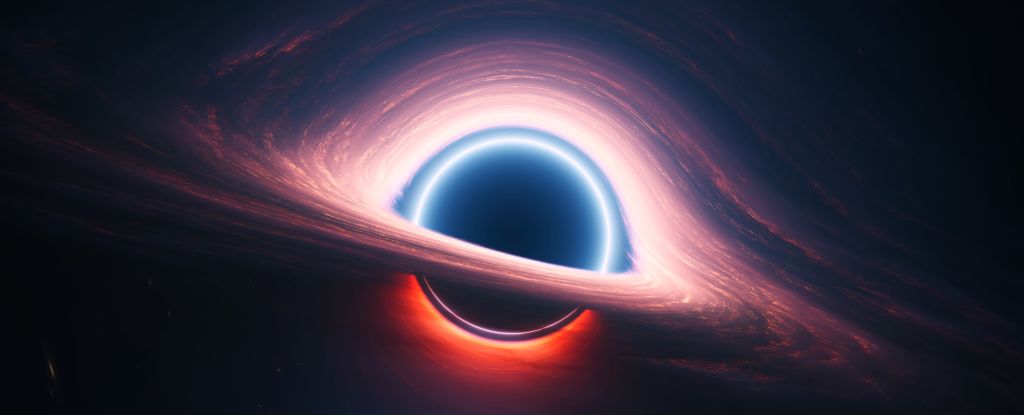
Snakes have bitten this man hundreds of times. His blood could help make a better treatment
A Wisconsin man has been bitten by snakes hundreds of times, and scientists are studying his blood to treat snakebite.
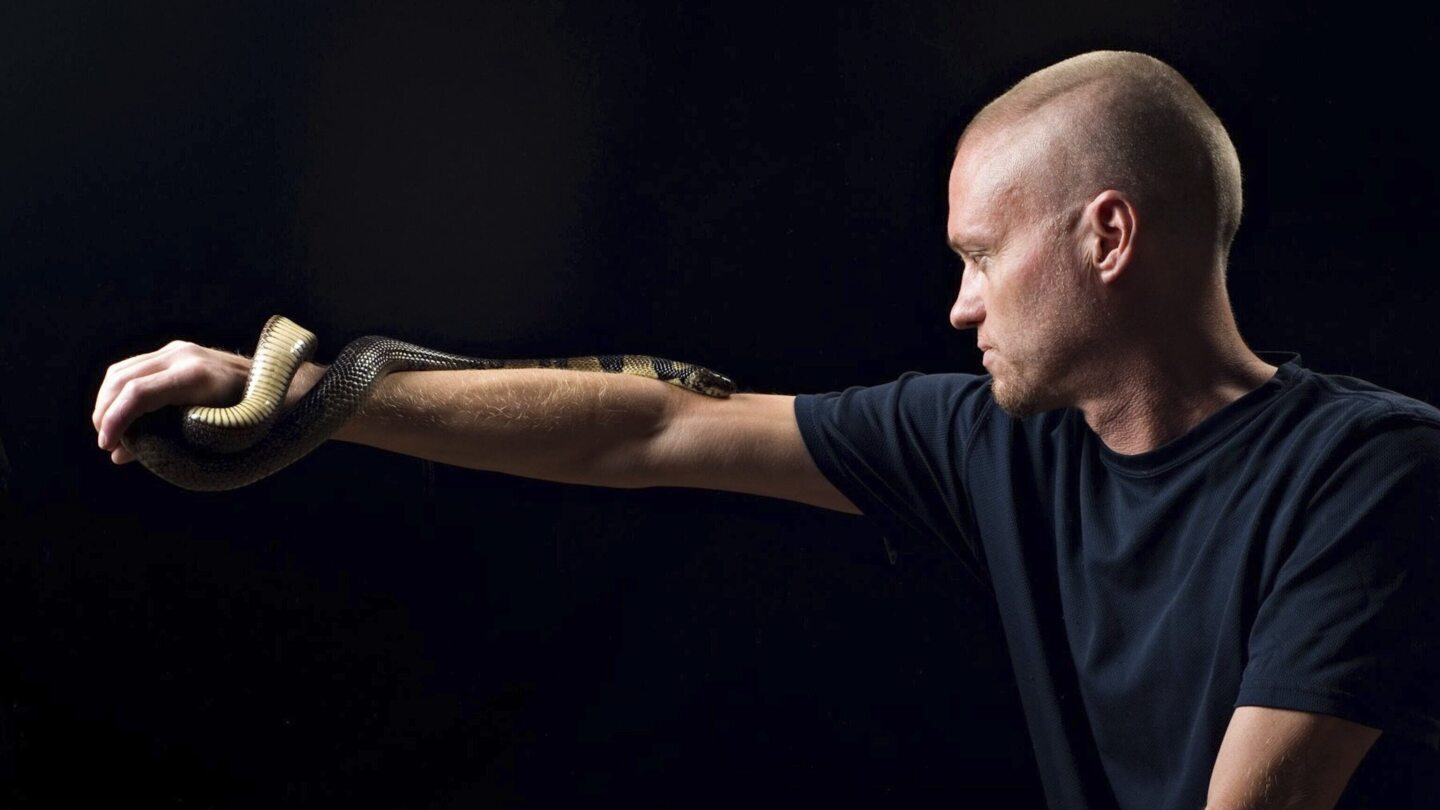
Why Language Models Are So Hard To Understand | Quanta Magazine
AI researchers are using techniques inspired by neuroscience to study how language models work — and to reveal how perplexing they can be.
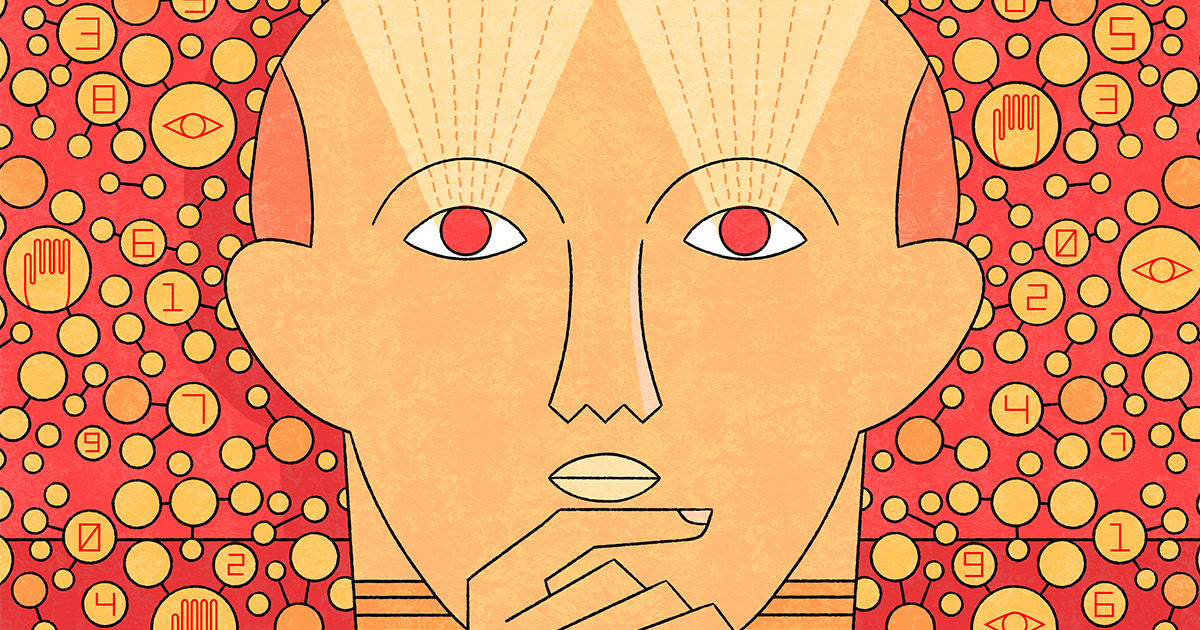
Men Tend to Fall in Love Faster Than Women, New Study Shows
It sets your heart racing, it puts butterflies in your stomach, and is a non-stop distraction for your mind – but that feeling we call love is something men fall into more quickly than women, according to new research.

Scientists Say Something Is Corking the Yellowstone Supervolcano
Researchers have found evidence that a giant “lid” made of magma could be stopping the Yellowstone supervolcano from erupting.
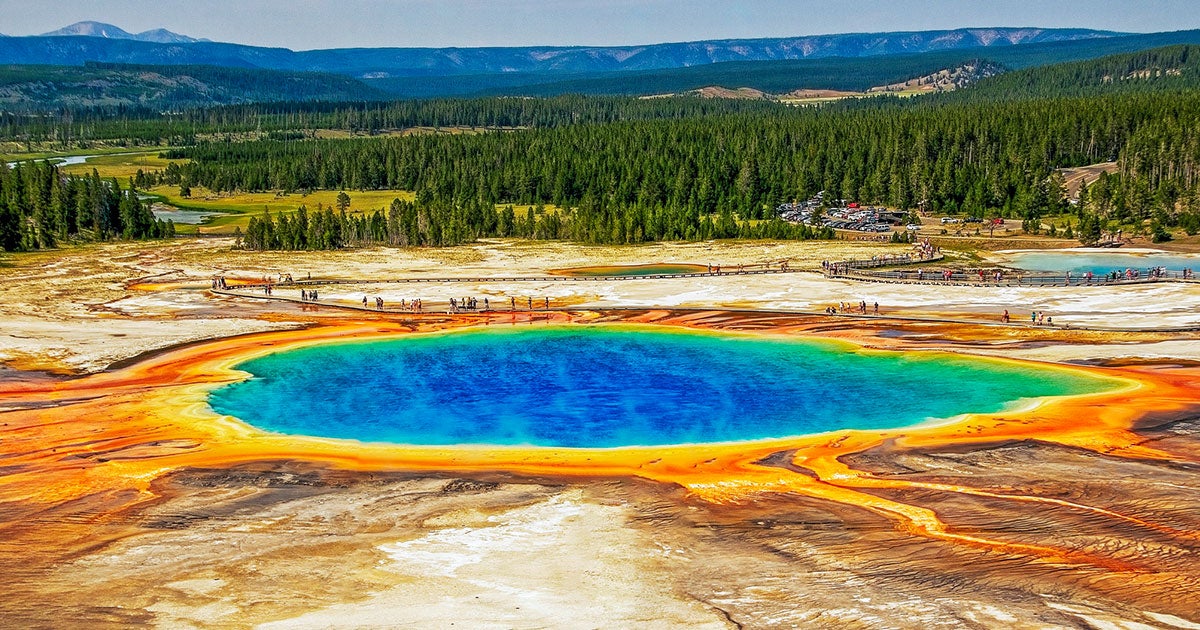
A Biologist Reveals The Most Valuable Package Lost Aboard The Titanic. Hint: It Was Insured For Over $2 Million And Came From These ‘Lofty’ Animals
Incomprehensible amounts of wealth were swallowed into the sea when the Titanic sank in 1912. Here’s a glimpse into the cargo that may have been the most valuable of all.

We Were Warned. We Still Failed
It is easy to promise readiness for the next disaster; it is much harder to maintain the political and public will to prepare. The COVID-19 pandemic revealed leadership failures and systemic design flaws that left us exposed. We built a pandemic response system optimized for appearances rather than effectiveness. A recent review moves past partisan narratives, offering a sharper, more unsettling diagnosis: our institutions failed because they were designed against our very human nature.
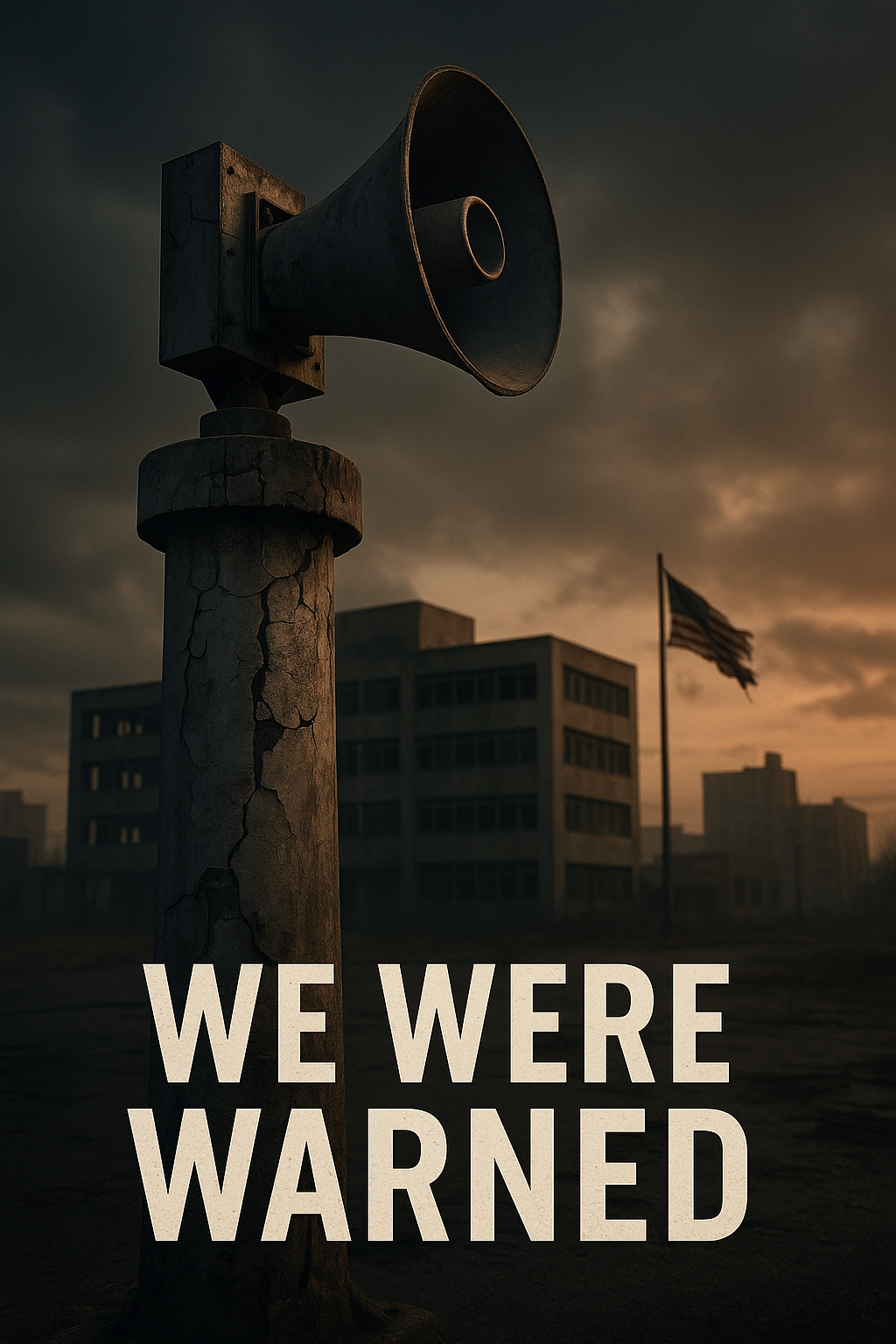
Trailers:
Photos:


🔴
Nexus is a weekly selection of content elsewhere shared by their creators and hereby suggested by me. Please give the original authors their due recognition by supporting their work.


